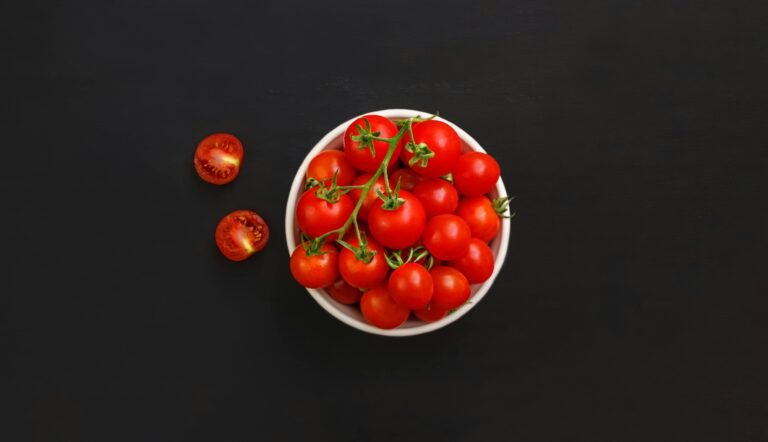The palatability index: the strategy that makes us fat
I had already talked about the index of palatability or palatability of foods in this article , but in the meantime some studies on industrial products made me more aware of the importance of this concept, and above all of the fact that people must be well aware of what is.
We get a lot of talk about how dietary guidelines, now promoting too much carbohydrate consumption, now wrongly demonizing fat, are responsible for people’s obesity. Obviously, this is NOT true. There is no causal link between the dietary recommendations of the guidelines and the fact that we get fat, for a variety of reasons: the guidelines have existed since before the last two decades, when obesity has grown exponentially; eating more carbohydrates and fewer fatty foods as recommended by current guidelines does not cause weight gain, so the pyramid of the Mediterranean diet with its 60% carbohydrate and one-off meat does not push people to eat worse; if anything, the Western lifestyle has not only worsened our Mediterranean diet, but has also characterized our diet, worsening it.
And what do all Westerners have in common? Greater consumption of industrial foods.
And what causes a greater consumption of industrial foods?
An increased, albeit unconscious , consumption of calories.
In this, the palatability index of foods counts a lot: it is an index that companies use to make foods more palatable, often playing on three main fronts. A higher sugar content, a higher salt content, a higher fat content. The perfect snack is sweet, a pinch salty (in this way the sweet taste does not become cloying) and has a greasy texture that makes it the perfect “comfort food”.
To understand how the palatability index is connected with a greater and unconscious consumption of extra calories, I show you a study that will “open your eyes”.





























+ There are no comments
Add yours